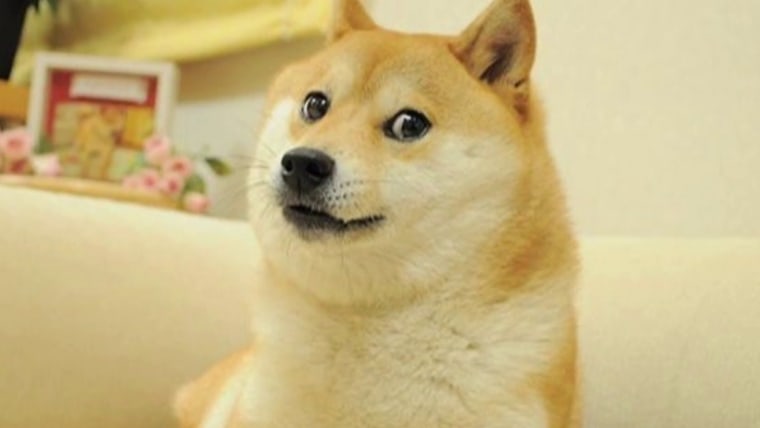04/02/2022 People are selling themselves their own NFTs to drive up prices, report finds
Chainalysis identified and tracked NFTs that were sold back and forth at least 25 times by the same handful of cryptocurrency wallets.
Some people repeatedly sell themselves their own NFTs in an attempt to artificially inflate their prices, according to a report published Wednesday.
Called “wash trading,” the practice has long been speculated as key to the NFT market’s steep rise to an estimated$44 billion in saleslast year, though it is difficult to definitively prove. But some examples are hiding in plain sight, according to areport by Chainalysis, a company that monitors blockchain technology, the digital ledgers that act as the backbone for cryptocurrencies and smart-contract assets such as NFTs.
NFTs, short for nonfungible tokens,are digital contracts that allow people to prove they own specific online assets, like official copies of a given artwork, and are usually bought and sold with cryptocurrencies, especially Ethereum. Enthusiasts bill NFTs as a new way to support art and own collectibles, withcelebritiesand some artists trying to profit from the technology.
But that market is also rife with problems, like digital pirates downloading and making a profit off of artists’ workwithout their permission.
In its report, Chainalysis identified and tracked NFTs that were sold back and forth at least 25 times by the same handful of cryptocurrency wallets —what the company’s analysts say are overt examples of wash trading. In the 110 profitable cases, sales from those NFTs made nearly $8.9 million.
It wasn’t a clearly effective strategy, however. The “most prolifiic NFT wash trader” that the study identified made 830 trades between their accounts but profited only $8,383.
Because smart NFT traders who wanted to hide their activity would likely use different Ethereum wallets for each transaction, the Chainalysis findings are likely only a small fraction of how many NFTs are wash traded, said Kimberly Grauer, director of research at Chainalysis.
“What this data set looks at is, of the individuals who were selling NFTs at scale, how many of them are actually just funding their own wallets?” she said.
“We built a very, very, very conservative estimate of what might be NFT-related wash trading,” she added.
Jarod Koopman, the director of cybercrime investigations for the Internal Revenue Service, which has increasingly cracked down on fraud cases involving cryptocurrency, said while the U.S. has clear rules regulating wash trades for stocks, the law is murkier when it comes to NFTs.
“There aren’t the regulations that are in place that are in the traditional finance sector,” Koopman said. But he said the IRS does look for instances where traders are “purposely manipulating the market to inflate it, to take advantage of other investors on the other side.”
While wash trading may seem like an easy way to drive up an NFT’s value, it’s not a foolproof plan, Grauer said. Every Ethereum transaction takes a small commission, called agas fee, and a person repeatedly selling to themselves will have to keep paying that fee and hope they can eventually sell their NFT for enough to make up those costs.
Chainalysis found 152 clearly washed NFTs that were sold for a collective loss of more than $400,000, she said.
“The underlying sentiment is that all NFT activity is wash trading, but especially when it comes to times to pay gas fees, it’s not something that makes a whole lot of sense to do,” she said.
Get the Morning Rundown
Get a head start on the morning's top stories.
 (0)
(0)
 (0)
(0)
https://www.nbcnews.com/tech/security/nft-sales-show-evidence-wash-trading-researchers-say-rcna14535

